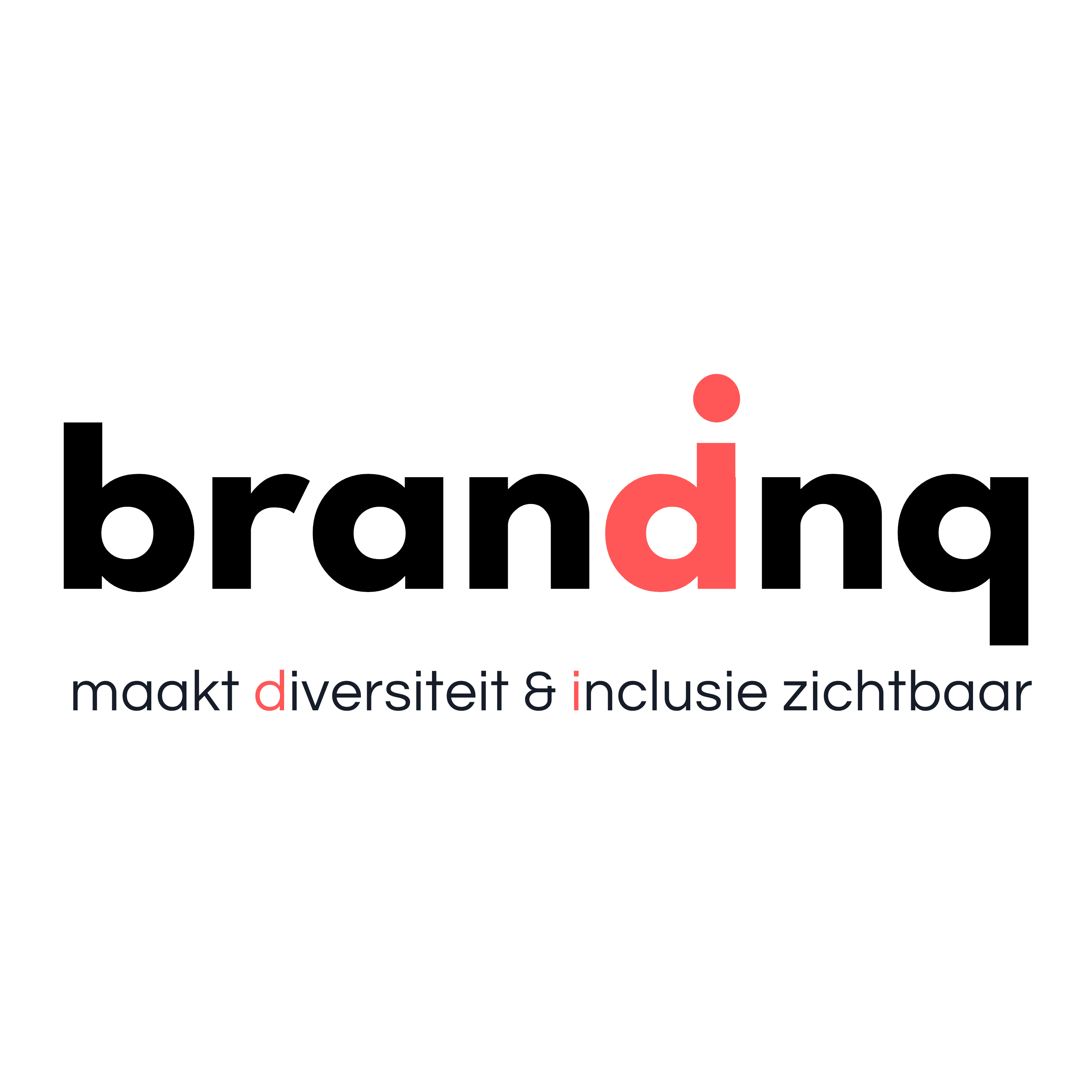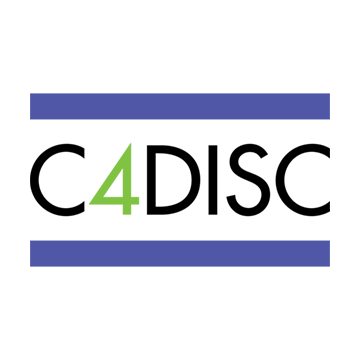Definitions Matter – Just Don’t Talk About Them. Diversity, Equity, Belonging, Inclusion

Learn WHY it matters how we frame diversity, equity, belonging, and inclusion, & belonging work and efforts. The outcomes are impacted by how we define the terms. We share the definitions behind the Inclusion Nudges change approach and how these make a powerful difference in revealing barriers and engaging people to take action to make inclusion the norm.
“Uhhh!” or “Blah blah blah!” – Reactions a word can trigger
Imagine if we could see what people are thinking when they hear the words “diversity“, “equity“, “inclusion“, and other words used within the context of change initiatives and efforts for greater inclusivity. What thoughts, feelings, associations, memories, and mental constructs are sparked when you hear these words? What do you think could be activated in other people by these words? Here are some of the patterns that we have seen during the past couple of decades that we’ve been working on these issues. Do any of these situations below sound familiar to you?
“Oh, diversity isn’t my issue! It only applies to people from the minority groups, not me!”
“I am the one being discriminated against. Don’t ask me how to fix it – it’s your problem.” (meaning: majority group people)
“Don’t ask me how to fix it. You’re diverse, so you need to fix it – it’s your problem.” (meaning: minority group people)
“Diversity and inclusion are not my day job, so I don’t really have time for that. Someone else has got to fix it.”
“Let’s make sure we attract some diversity talent.” (meaning: minority or women)
“If we are going to promote women and minorities, then we have to exclude others.” (meaning: white men)
We are setting up hidden trip wires
Let’s take a closer look at the underlying understandings and perceptions in these patterns. This is our interpretation based on decades of working in the field of diversity, equity, and inclusion, and these are backed by multiple studies by other experts as well.
Some perceptions behind the words
- only some people are diverse and not others
- the privileged and the majority are discriminating and that’s why they have to solve the problem themselves
- the underprivileged and the minorities are discriminated against and that’s why they have to solve the problem
- I don’t have the job as the diversity and inclusion specialist, so I don’t have to do anything to contribute
- diversity means only minorities and women
- white men loose power and entitlement through inclusion and equity for all
These reactions and perceptions are a result of how the efforts for diversity, equity, and inclusion have been positioned and addressed for many years. Often, organisations develop strategies and set diversity targets for minorities and women but not for all people. They create initiatives that aim to ‘help the minority’. Or they make programs for gender equality but only target women which makes it about ‘fixing the women’.
Missing is a focus on engaging all people (majority + minority). Missing is changing the implicit norms and redesigning the systems to combat discriminatory practices. The results often end up being about ‘fixing the difference’ and assimilation rather than being inclusive of all people and their attributes. These definitions create division and reinforce ‘us and them’ bias.
Framing in this way actually works against the intentions of achieving the benefits of diversity and excludes people.
Often with the best of intentions of attracting attention to these issues to make fundamental changes, we (the professionals and activists who advocate for this) articulate the words “inclusion”, “diversity”, “equity”, and what they mean in abstract terms. We do this in ways that aren’t grounded in common understanding, nor supporting action-taking, and frequently based on misperceptions. This creates a significant challenge and a stuck pattern that limits achieving the intended outcomes of our work. To make progress, we need to get to the core of the issue. It matters what definitions we apply and the words we use. And perhaps like us, Lisa and Tinna, you’ve fallen into this trap as well?
When words create absurd realities
It’s difficult to imagine that ‘words’ and ‘definitions’ can be a trip wire for all our hard work. Really, words?!
Language is one of the defining aspects of what makes us human.1 It shapes our perceptions, behaviours, and cultures.2 Science has shown in many ways how powerful words are. For example, through the priming effect3 words (and images) can unconsciously influence our thoughts and resulting behaviours. A study revealed this when people were shown words associated with the ‘elderly’ (like “wrinkle” and “forgetful“), and afterwards these study participants walked slower than others who were shown neutral words.4 Words can also reinforce stereotypes, even when we are trying to change these. A study examining how to encourage girls by saying “girls are as good as boys at math” actually backfired by heightening the false belief (stereotype) that boys are actually better at math.5 Words do have power!
The fear of loss
In addition to shaping our perceptions and behaviours, words also carry meaning that triggers emotions. Studies have shown that emotions are a powerful driver of our unconscious thinking, decision-making, and behaviours.6 One way this can impact our work in diversity, equity, and inclusion is how the words may block people from engaging in the needed changes. If a person perceives diversity as a zero-sum game (one’s gain is another’s loss), then equality will mean having to give up own’s own power and privilege. This triggers the loss-aversion bias.7 This bias influences our behaviour in ways where we will avoid change and fight to maintain the status quo.
Strengthening tribalism
Another way that words can trigger emotions is centred on our innate fear of the ‘unknown’. Our instinctive tribal mentality will also be activated when we have to interact with people from our ‘out groups’. This creates an unconscious, irrational fear and anxious reaction. This influences our behaviour in ways that we exclude (unintentionally) knowledge and information shared by ‘out group’ members. And with our familiar ‘in group’ members, we include them more and we trust and process more of what they share with us. Our emotional reactions impact how we sort through input (words and content) and shapes our understandings (mental models).
Shaming
There’s an often an unspoken, yet powerful, emotional impact of words in diversity, equity, and inclusion work that creates a huge stuck pattern to change-making. This is the feeling of shame. For some people, they may feel this when hearing the language that we use in this work. Often this stems from them previously having been blamed for discriminating (without knowing they did and without intention) or because they are ashamed of being so privileged and witnessing inequality without knowing what to do to contribute to change this. This influences our behaviours in ways where we unconsciously attack (micro-aggressions) the people who make us feel this way, even when consciously not wanting to do that.
Clearly, words and how we use them can have a profound impact on engaging others in diversity, equity, and inclusion change initiatives and can significantly impact success. These are just a few examples of the reactions triggered in people and the behaviours fostered when people hear the words “diversity”, “equality”, and “inclusion”.
Left unaddressed, words can create an absurd reality and limit achieving our good intentions. Getting clear on definitions is like having guiding stars
In our decades of experience as change makers and advisors, we have realised how rarely the definitions are formally articulated, yet the words “diversity”, “equity”, “belonging”, and “inclusion” are nevertheless widely used – and yes, we have also fallen into this trap.
The result is that people within a community or organisation are left on their own to understand what the terms mean. This results in widely different mindsets that impact who engages and how they do so. An unspoken assumption prevails that all people understand the same frame of reference. But we don’t since our own lived experiences, social constructs, and knowledge vary widely. For some, “diversity” may equal only “women”. For others, “inclusion” may only be having activities and programs like “diversity networks”, while for others “inclusion” means applying the diversity of perspectives and knowledge in a group. And for “equity”, this may be seen as simply having “diversity (minority) hiring targets”. While these words can mean these things, they are not the full scope. By not having a common framework of understanding, it becomes an absurd reality to expect that actions of people will be aligned. The result is often that progress gets stuck.
As the founders of the Inclusion Nudges global initiative, we use the definitions as a guide for what we want to achieve – the kind of workplaces we want to work in, the kind of communities we want to be part of, and the kind of societies we want to live in. (You can learn more about the Inclusion Nudges global initiative in this blog article). We use the definitions to guide the design work needed to achieve this in actions, behaviours, systems, and cultures. Before we dig into that part, let’s begin with the definitions that we use in our work.
Diversity: The Mix of All of Us
Diversity is about people. This includes their demographic differences, backgrounds, multiple identities, and their unique experiences, perspectives, knowledge, abilities, ideas, and more. Diversity is not referencing specific characteristics of only ‘the minority’ within a group of people or in society. Diversity is referencing all people and differences among us. Diversity is the mix of all of us.
Equity: The Fairness Frame for the Mix
Equity is about ensuring that all people have equal access to opportunities and fair treatment, and ensuring elimination of discriminatory practices, systems, laws, policies, social norms, and cultural traditions. Equity encompasses a balancing of power and correcting where inequality exists. It is also about patterns of behaviour and processes developed and used which may be continuing inequality. Within some contexts, equity may have a legal mandate attached to achieving it, along with penalties for not. The intent of equity is fairness to all.
Belonging: I Feel Valued as a Part of the Mix
Belonging focuses on the person’s experience within a setting–they are welcomed, structures exist to ensure fairness, and they feel that they can be their full, authentic self within that culture, group, or setting. They don’t have to cover who they are or downplay personal traits. As a result, they don’t suffer the limiting toll this can bring. Belonging is when people feel seen and heard, feel they naturally belong to a group, feel safe, and feel valued. This results from having equitable and inclusive practices, norms, cultures, and systems. When diversity, equity, and inclusion are done well, then belonging results.
Inclusion: Welcoming and Applying the Mix
Inclusion is focused on fostering the structure, system, processes, culture, behaviour, and mindset that embrace and respect all people and all our diversity. It embraces all people. Inclusion is about ensuring that diversity of knowledge, perspectives, information, and ideas are welcomed & being used. Inclusion is when we seek out diversity, when we challenge excluding norms and stereotypes, when we are open to others, and when we speak up. Inclusion is when all people are valued and able to participate and contribute to their fullest. Inclusion is welcoming and applying the mix of all of us.
But simply articulating and communicating the definitions is not enough. A rational understanding of the definitions is NOT what gets us to act inclusively and value diversity. This is because rational understanding is in the conscious mind, system 2, which is not the system doing our behaviour. This mind is more like our guide that steer us in the right direction, if that direction and destination makes sense. As the diversity and inclusion specialist, you can define and articulate this based on your insights about what makes sense in the context you operate. For example, you can use the vocabulary of your strategy or the frequently-used words in your organisation, such as performance, innovation, agility, global mindset, authenticity, creativity, future of work, and much more that are relevant to your context. This is a very common approach. But here is the problem. What makes sense to the individual is rarely any of this. And the words can even create distance and mistrust when actions don’t match up with the words (definitions). That’s why it’s a must to engage ‘the people it’s about’ in defining what diversity, equity, belonging, and inclusion are to them.
Inclusive definitions of inclusive actions
Having a foundation for common understanding is vital for alignment, engagement, and progress. It also helps to prime (or steer) thinking towards the desired outcomes. You may find it useful to leverage our definitions in your change-making work.
Another, and better option, is to involve all people to be a part of setting and validating the definitions your group or organisation. But don’t make it about words. Make it about actions. Get people engaged in identifying the actions and behaviours that they perceive as inclusive, inviting, respectful, empathetic, and that makes them feel included, belonging, valued, growing, and empowered. The outcomes of this approach are not only definitions that fit for your context but also by including ‘the people it’s about’ in the development process, then they are already onboarded in the change initiative. This approach is inclusive, leveraging diversity within the group, and it gives people ownership.
So, what do you then do with all these examples of inclusive behaviour?
Make them visible to all people by sharing all these diverse real-life practical examples and personal stories in communication materials. And display many of these on the walls in your factories, offices, meeting rooms, hall ways, town squares, billboards and more. This illustrates how inclusion plays out in so many ways (but don’t use the word ‘inclusion’). Read here to learn how to design such an Inclusion Nudge. Don’t put all these great lived experiences in a spreadsheet, slides, or document and send it to people in an email because it’s too complex to act on (does that approach sound familiar?). It’s not going to make a difference.
When communicating about this in, for example, internal communication only share one example at the time and let people know that it’s their peers and similar others who are doing this. If you have data about the majority of people are doing something concrete, then make sure to communicate specifically that i.e. “8 out of 10 of your neighbours or colleagues (similar others and peers) are doing xx”.
Achieve inclusion without talking about inclusion
Over time, a shared understanding of inclusion, diversity, belonging, and equity will take shape. You might also want to formulate a definition because you need to include it in your strategy, KPIs/target documents, other materials, and on your website. But don’t overuse the words. Don’t create buzz words.
We deal with this in a couple of ways. One is to shift the perception away from the word itself to instead focus on the action. Another way to stay focused on action in how you frame and talk about these topics. For example, we often say when referencing “inclusion“, something like “it’s how work gets done here” or “it’s how people experience being in the group“. We challenge ourselves, and others, to not say the words at all but instead reference the desired outcomes. For example, “we need the thinking from everyone for new solutions” or “we need our systems designed to enable our most objective decision making“. With a common frame for the concepts that is aligned to the intended outcomes, we can be more successful in our change work.
These are examples of how you can create perceptions of diversity and inclusion that are resource-oriented and with positive associations in the human mind. All of this is pertinent to foster inclusive behaviours and cultures in organisations and communities and make it the norm, rather than a ‘stand-alone initiative’.
The challenge is really how definitions becomes reality. How do you actually get thousands of people to do this in their actions and behaviours and move in the same direction with all their different understandings and reactions – and at the same time? Well, that’s the headache of most people working with change. This is also why we developed the Inclusion Nudges change approach. In our blog posts and in The Inclusion Nudges Guidebook and the Inclusion Nudges Action Guide Series, you will find many examples of how you can do this.
We invite you to become a part of the Inclusion Nudges movement by applying this change approach.
Let’s join forces! Together we can make inclusion the norm—everywhere, for everyone!








